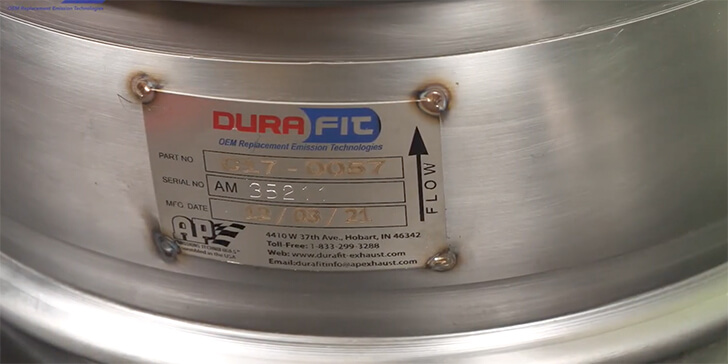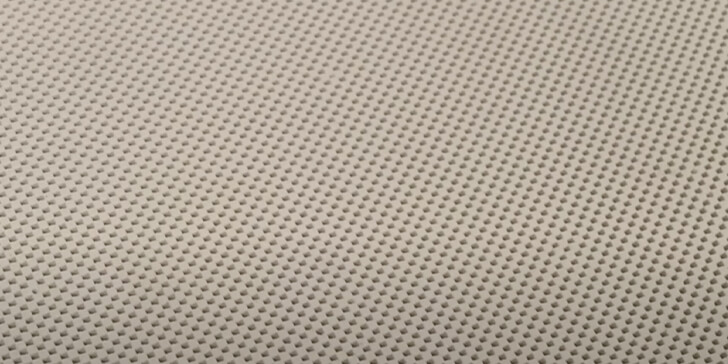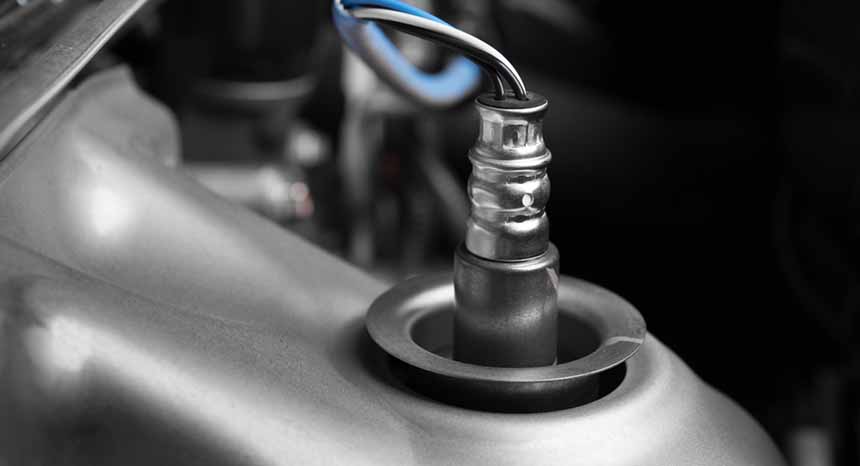In this episode, AP Emissions’ Leonard Oshman, Director of Business Development, explains what makes some diesel particulate filters more efficient and effective than others.
Episode Recap:
- How designers of diesel aftertreatment systems have improved DPF performance. (0:30)
- Substrate coating enhancements improve chemical reactions for more effective cleaning. (0:47)
- How the design of the substrate captures soot during normal operation. (1:00)
- Applications that will benefit to designs that provide greater soot collection. (1:23)
- The difference between subtrate designs. (1:43)
- DuraFit relies on the OEM design to match the operating capability of the unit when installed on a vehicle. (2:05)
- Many aftermarket manufacturers use a symmetrical substrate as a cost cutting measure. (2:23)
- Your vehicle will operate best when you use a replacement DPS designed to work like the OEM. (2:44)
Not all diesel particulate filters are the same. Here are benefits the customer can expect with DuraFit DPFs.
As demand for cleaner emissions increase, the designers of diesel aftertreatment systems continue to focus on ways to improve the performance of these systems, to remove more particulate matter and improve the overall efficiency of the filtration installed on the vehicle.
Improvements targeted include enhancement of the coating of the substrate to improve chemical reactions to clean more effectively.
Another way performance can improve is in the design of the substrate to capture more soot and ash during normal operation. Some applications have shifted to a design that features larger inlet cells and smaller outlet cells to provide greater soot collection, which in turn will allow the unit to operate longer between regions and cleaning. Applications where this makes sense are severe duty, low RPM, frequent stop and go applications. These enhanced designed units provide superior soot and ash collection, more consistent backpressure and an improved efficiency in filtration.

The traditional DPF is manufactured using a symmetrical cell substrate design. The enhanced asymmetric design substrate offers a far greater capacity for ash and soot loading. Better pressure drop performance keeping the unit running longer between regens or cleanings.
DuraFit relies heavily on the OEM design to match the operating capability of the unit when installed on a vehicle. What does that mean? Utilizing an asymmetric substrate when the original application uses it.
In many cases, aftermarket manufacturers are using a symmetrical substrate in these applications as a cost cutting measure. These units can be expected to have a shorter lifespan on the vehicle, will need to be regenerated, cleaned, and removed, more frequently than a unit that uses an asymmetrical substrate.
Your vehicle will operate best when you use DuraFit replacement DPS that are designed to work like the OEM. Tried. Tested. Proven. DuraFit. Building DPFs above standards.
Thanks for watching. For more information, visit our website at apemissions.com or visit durafit-exhaust.com.





